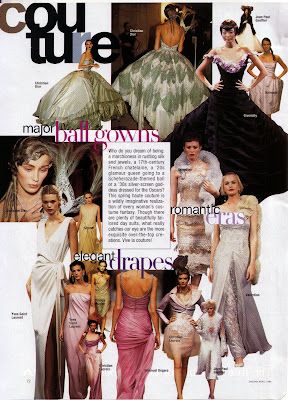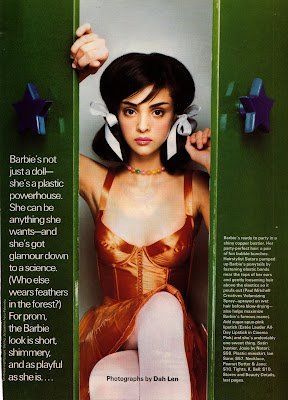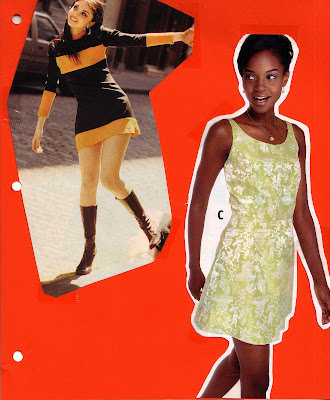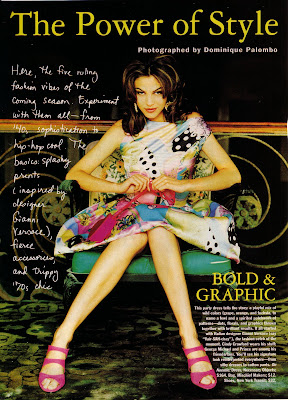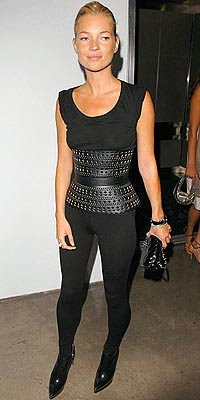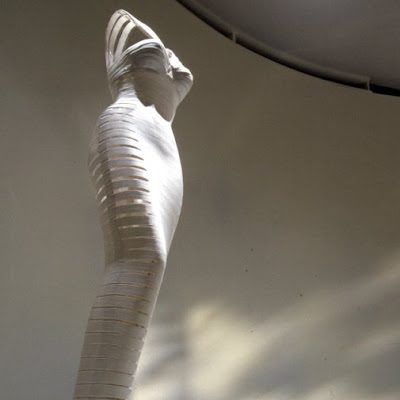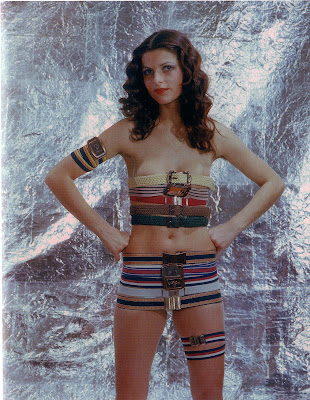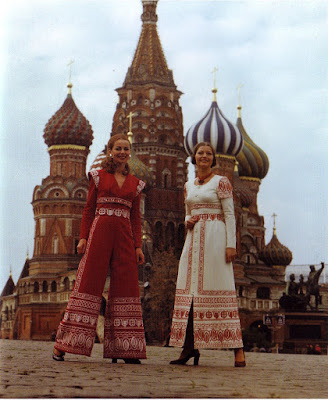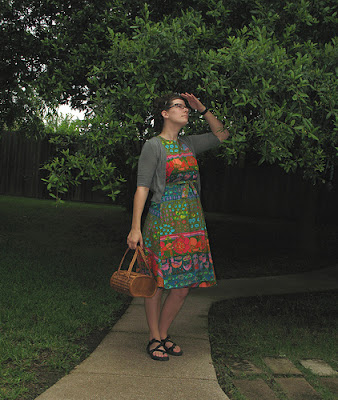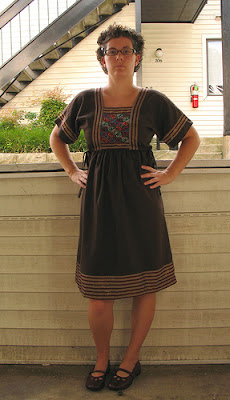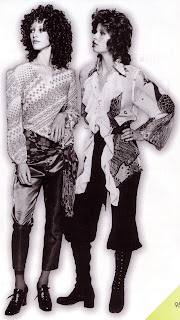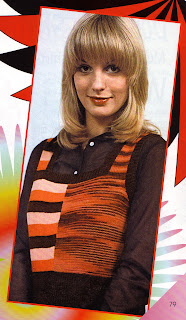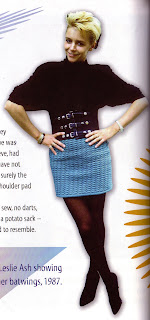I've begun with a couple of simple, picture-heavy books structured by brief chapters about important moments in fashion history: 20th Century Fashion: 100 Years of Style by Decade and Designer, in Association with Vogue, by Linda Watson, and Key Moments in Fashion: The Evolution of Style.
In 20th Century Fashion, I found this image:
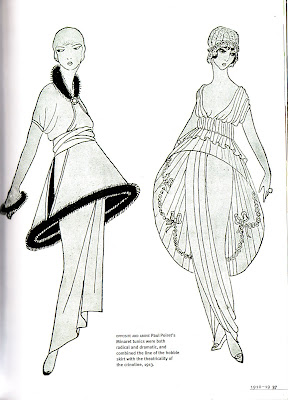
The caption reads, "Paul Poiret's MInaret tunics were both radical and dramatic, and combined the line of the hobble skirt with the theatricality of the crinoline, 1913." This combination of dramatically different shapes and the contrast in volume between top and bottom is what draws me to this look. It's a 1913 version of the more modern dress over pants look, after all. This variation on the big top plus skinny bottom style is one worth playing with, I think.
Poiret's comments about this new style he invented are telling. In his autobiography, he wrote,
Like all great revolutions, that one [the invention of the hobble skirt] had been made in the name of Liberty -- to give free play to the abdomen. . . . It was equally in the name of Liberty that I proclaimed the fall of the corset and the adoption of the brassiere which, since then, has won the day. Yes, I freed the bust, but I shackled the legs. Everyone wore the tight skirt.We don't tend to think these days of the bra as liberating, but in this time it truly was. Similarly, the shackling of the legs by the hobble skirt seems not much of an improvement over the shackling of the bust, but while with the corset, women were misshapen and even internally damaged, with the hobble skirt, they merely couldn't walk very effectively.
Another image that leapt out at me in my recent reading is this one, from Key Moments in Fashion:
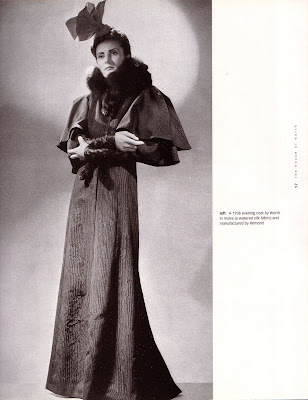
The caption for this photo reads, "A 1938 evening coat by Worth in moire (a watered silk fabric) and manufactured by Rémond." The coat is fabulous, with the giant flowing sleeves and the elegance of the sleek floor-length silhouette.
Really, though, what I love about this look is the hat. It is bizarre and completely impractical, and I love it. I'm not sure if I'm ready to adopt hats into my wardrobe, but I have long wanted to. I used to bemoan the fact that women don't wear hats any more--not the fabulous work-of-art hats that they used to wear, anyway. I have seen several people working such hats into their outfits on Wardrobe_Remix lately, however. Maybe my time for hats is approaching.
